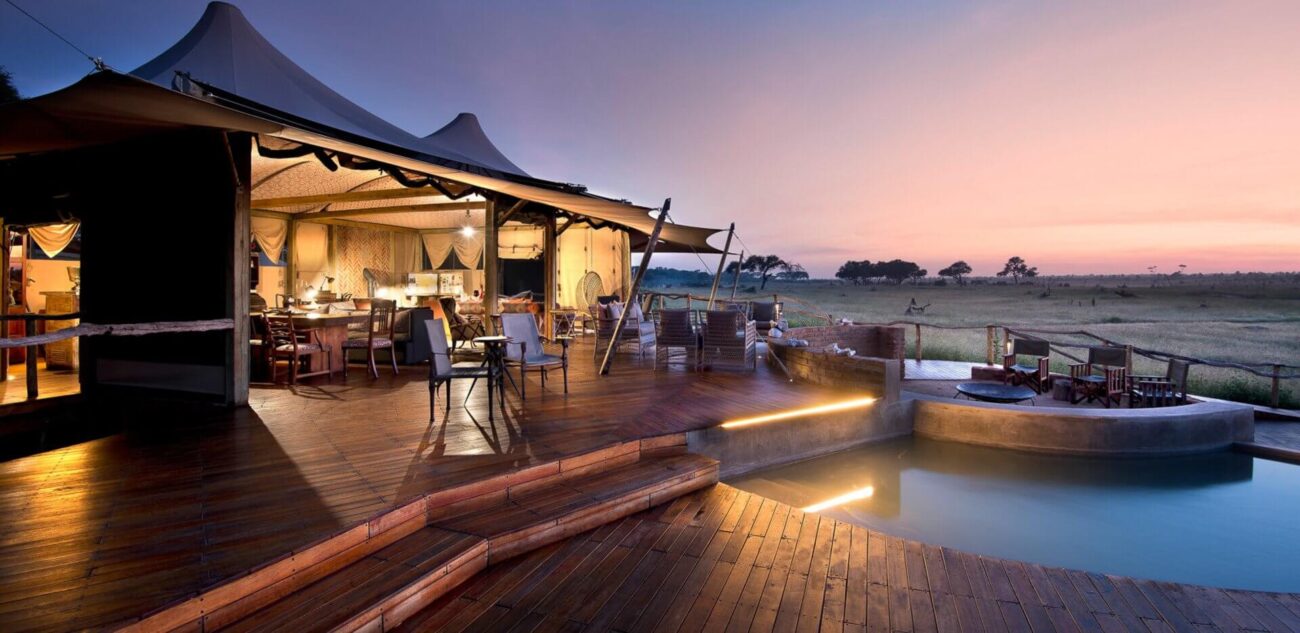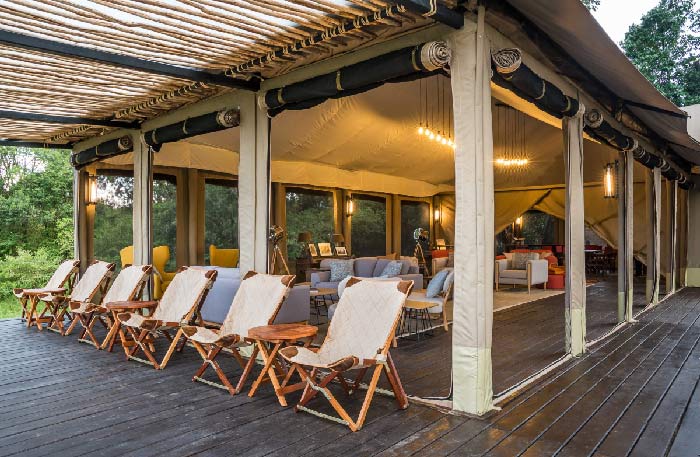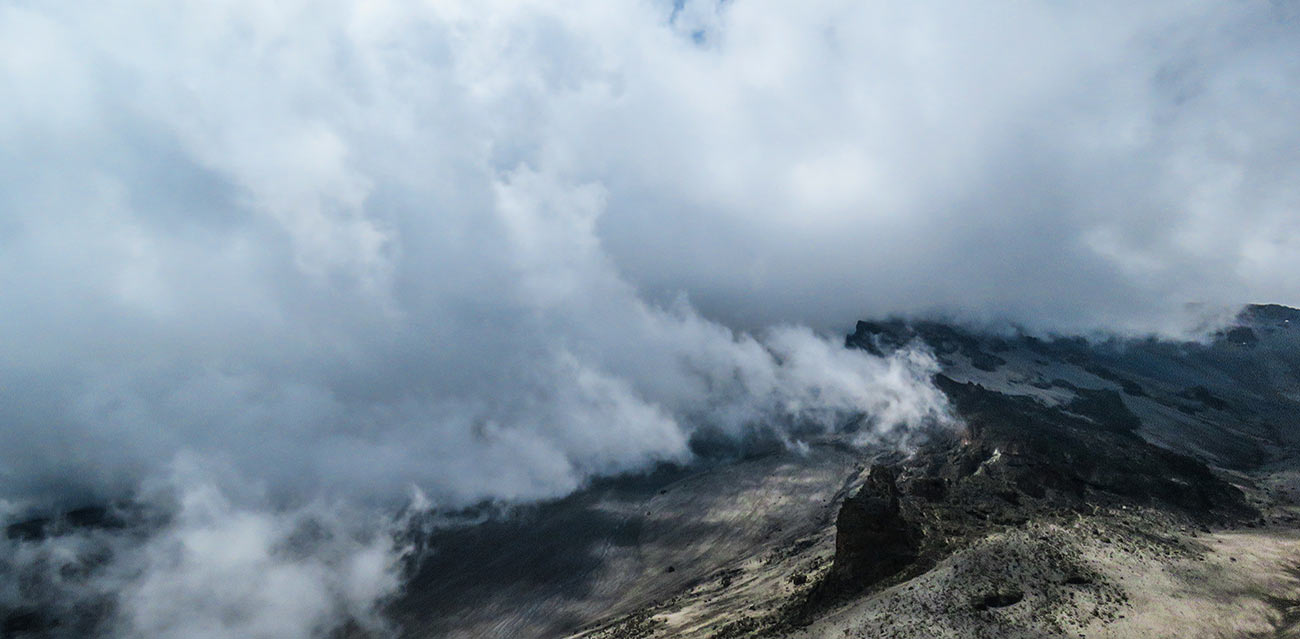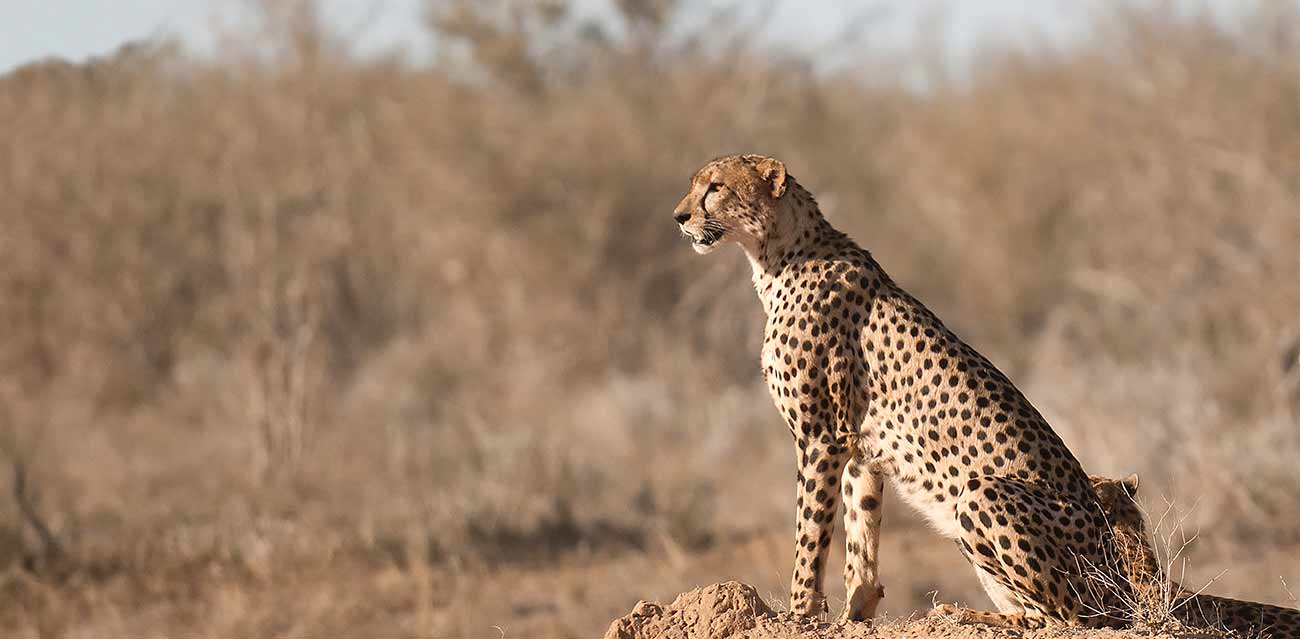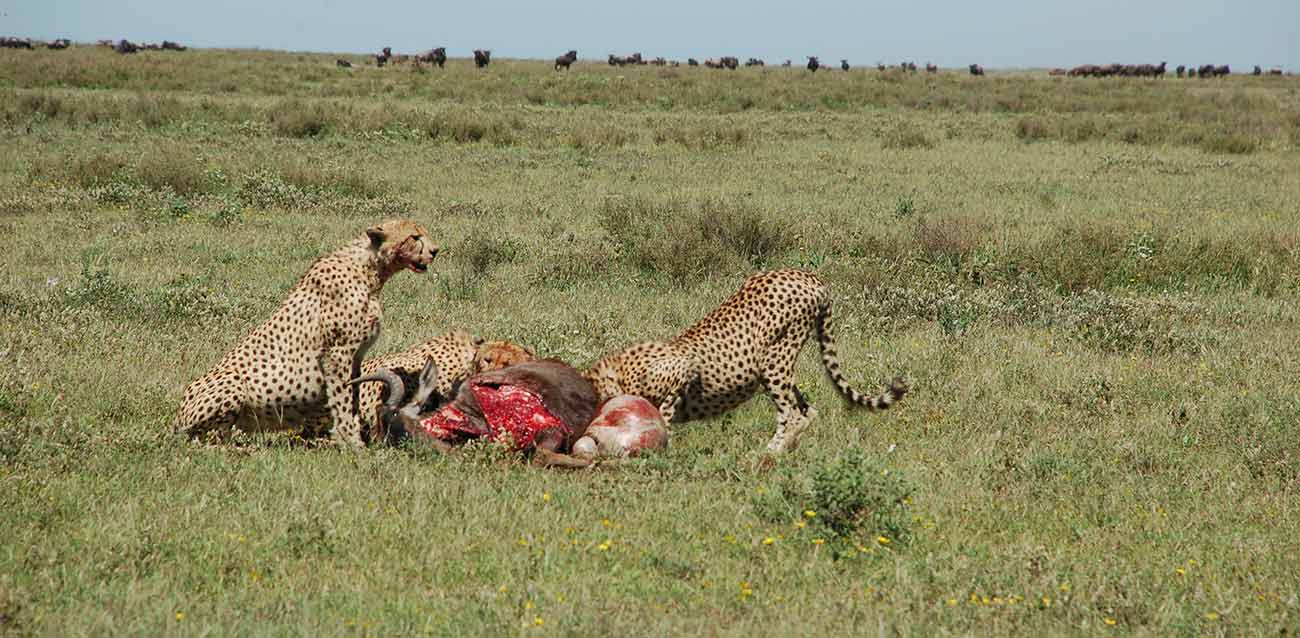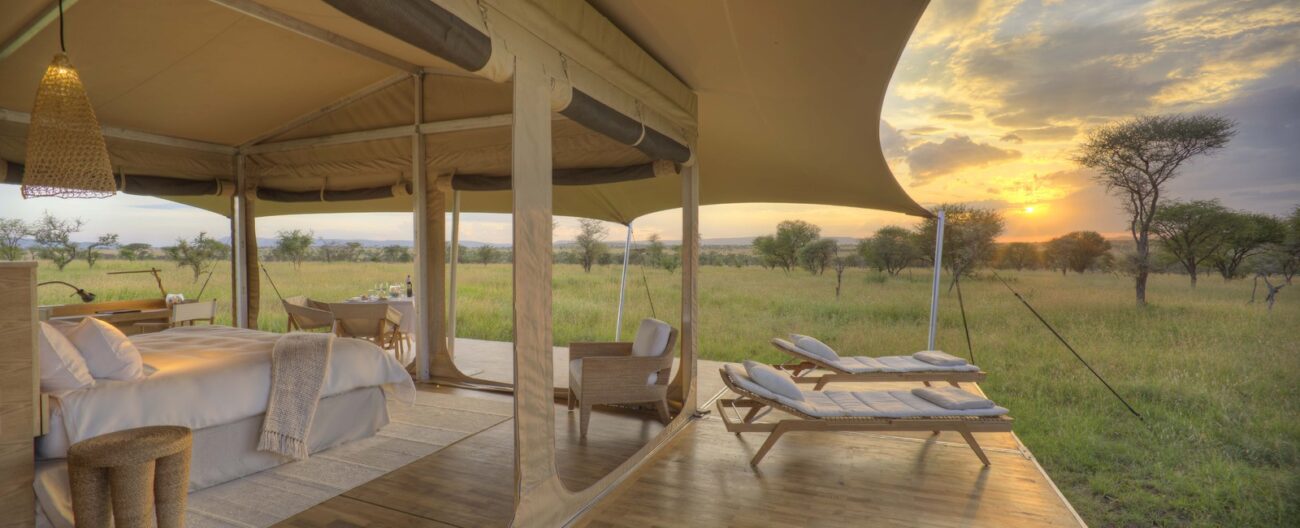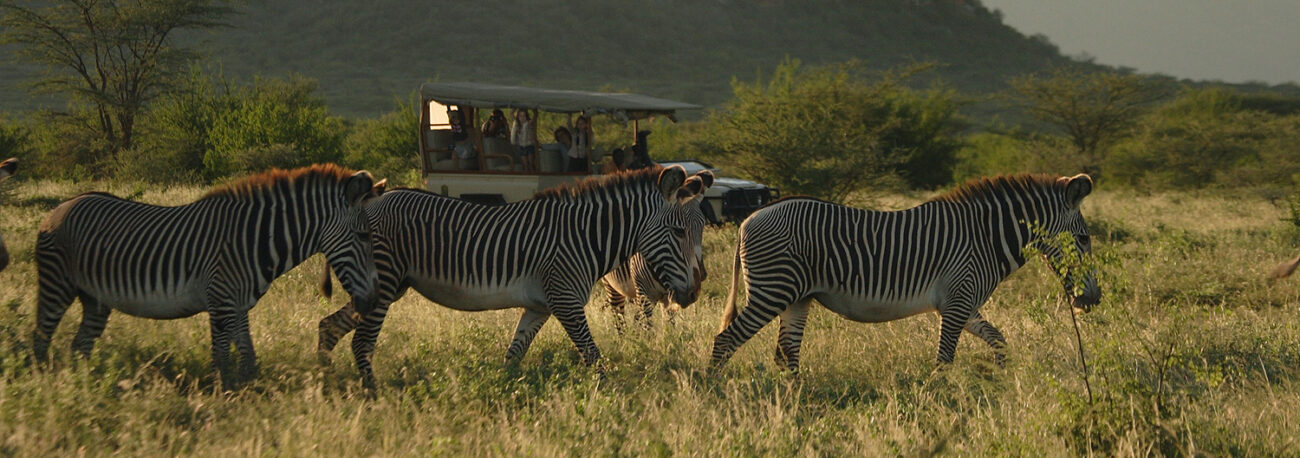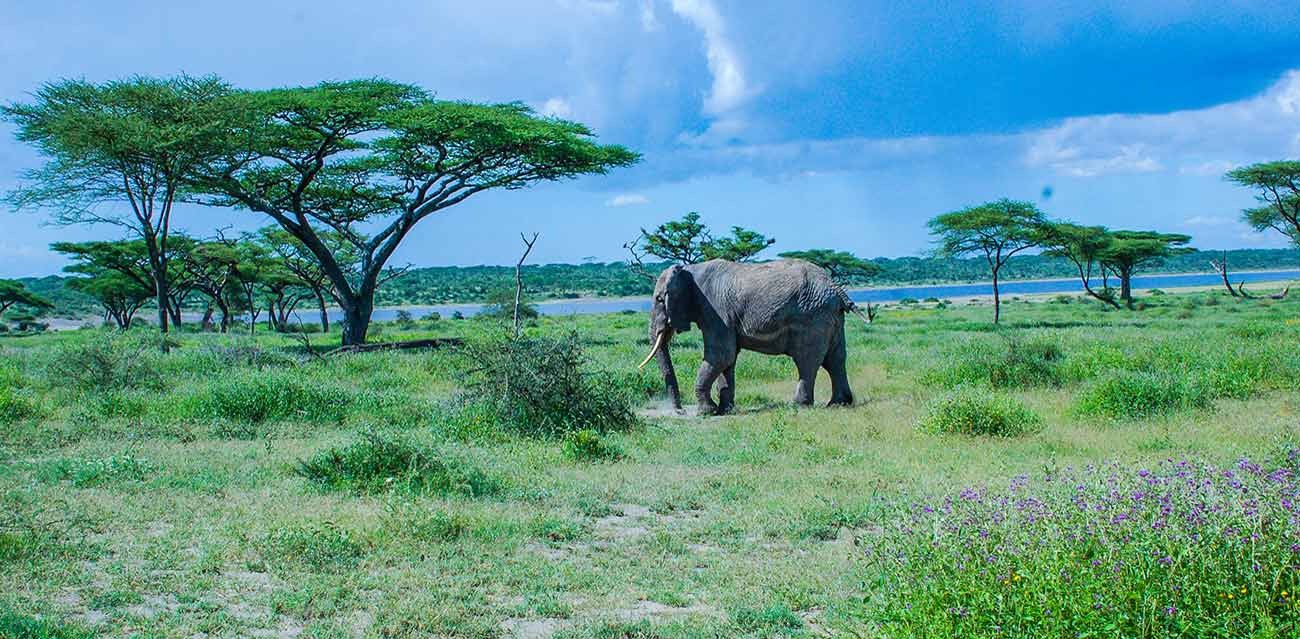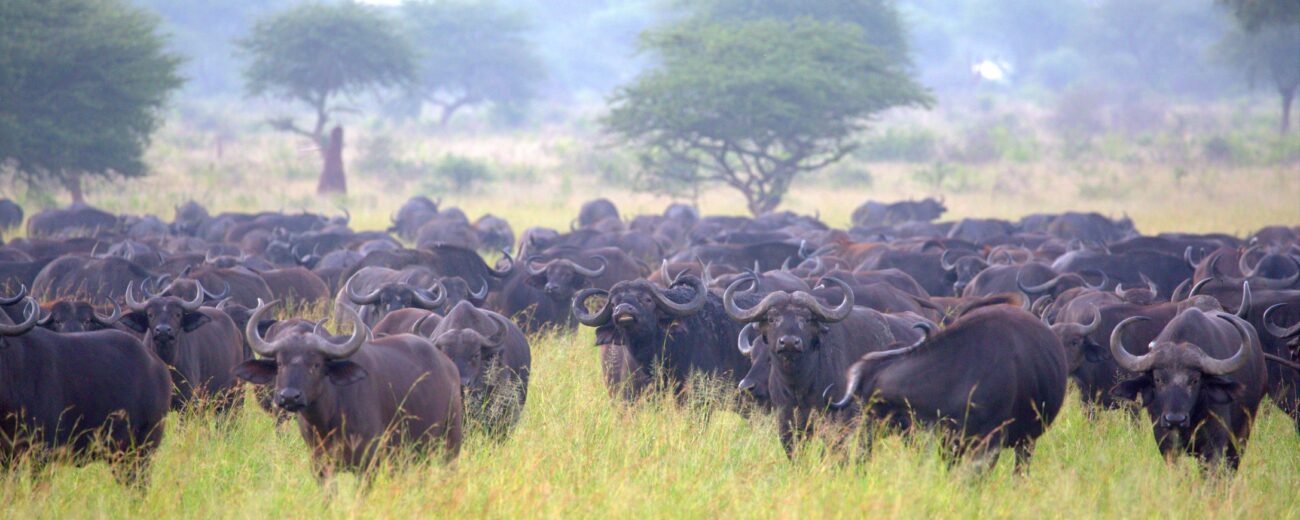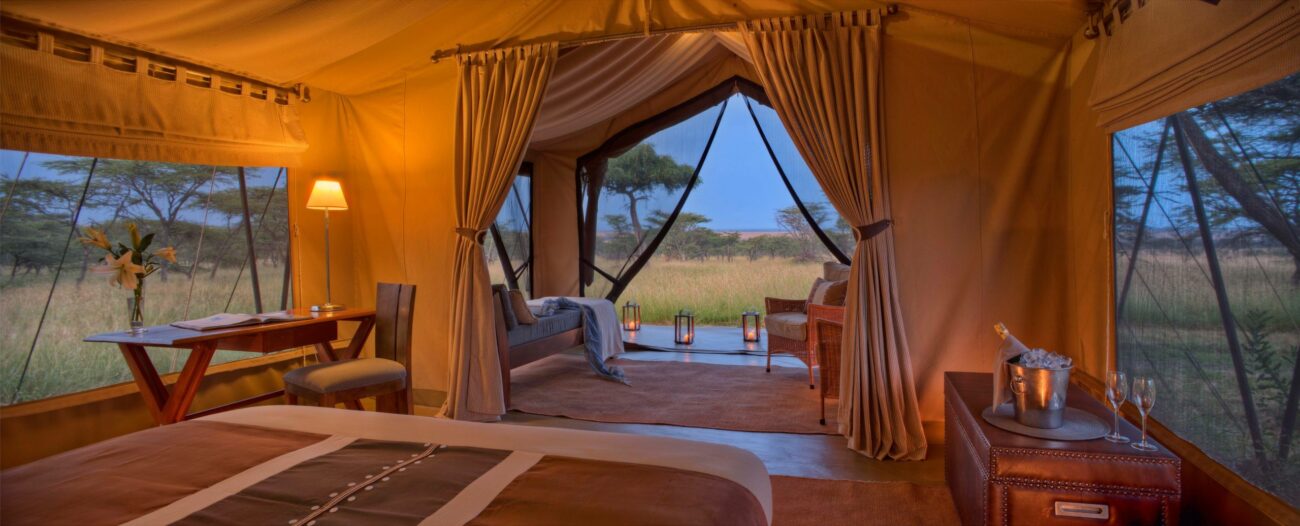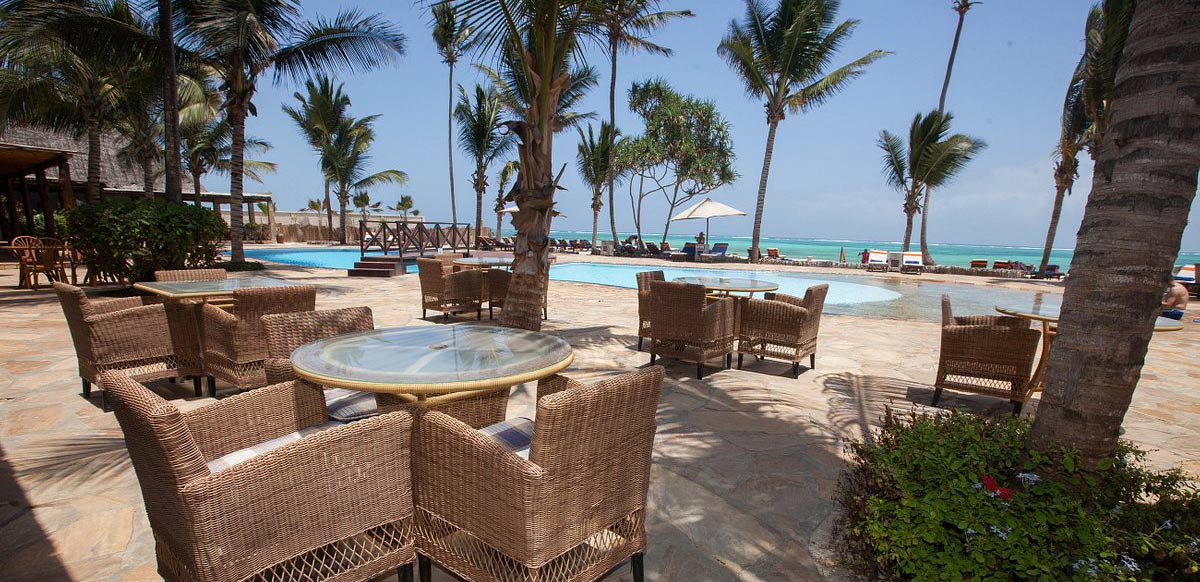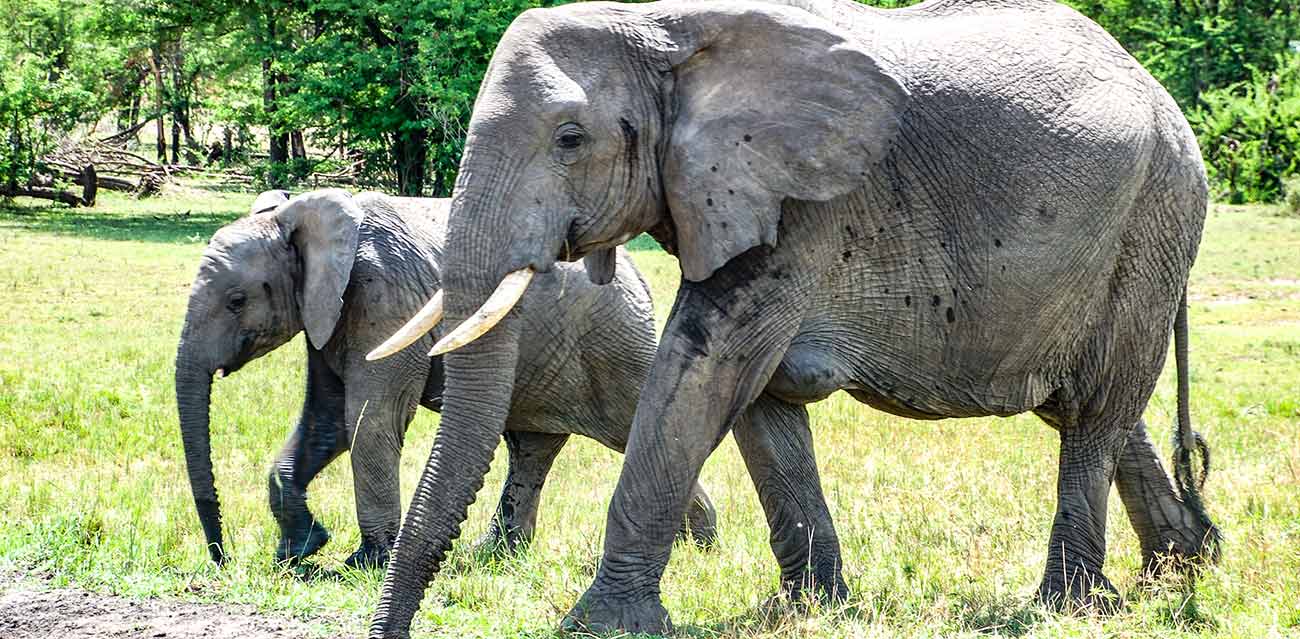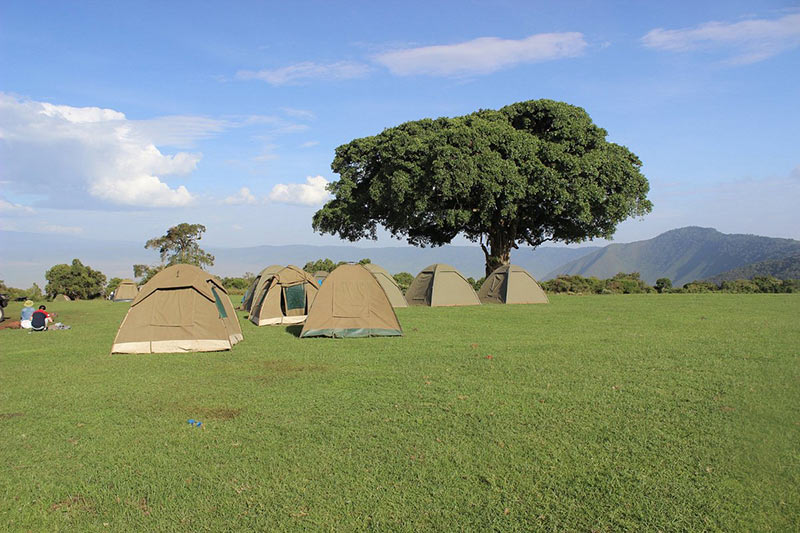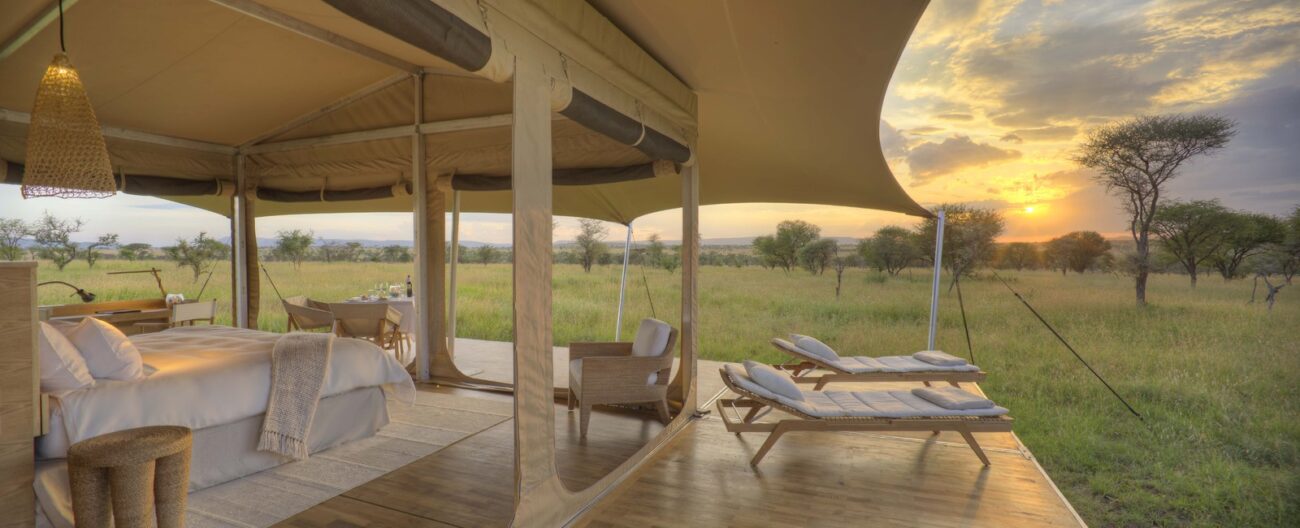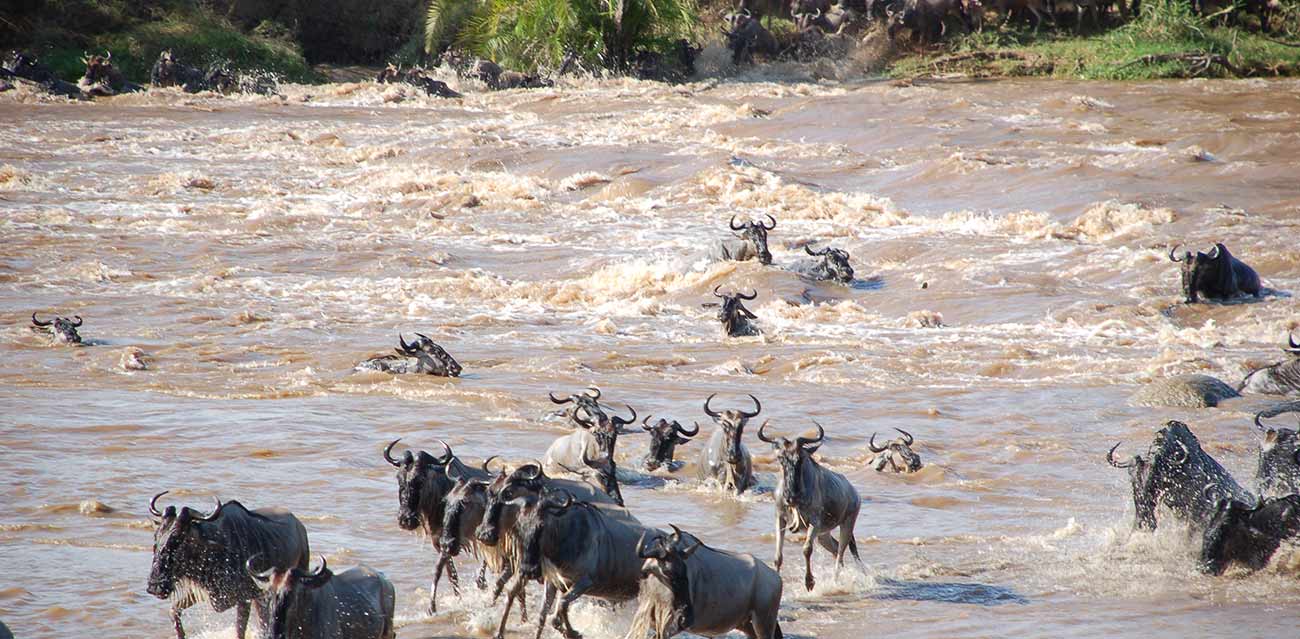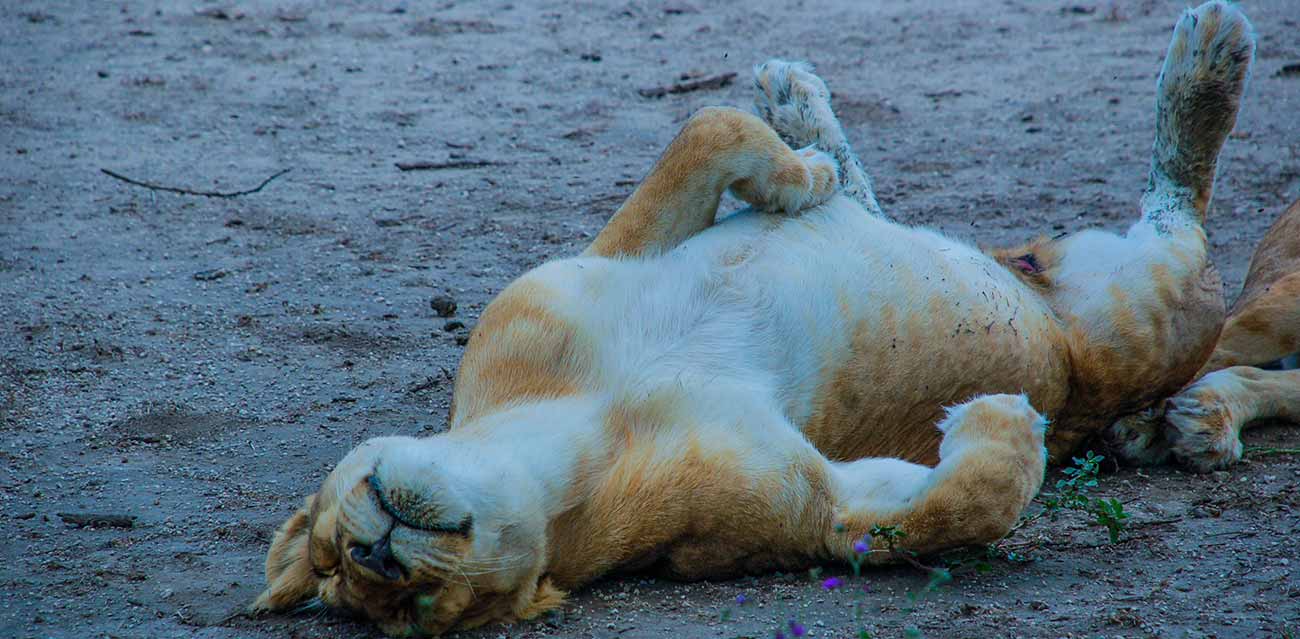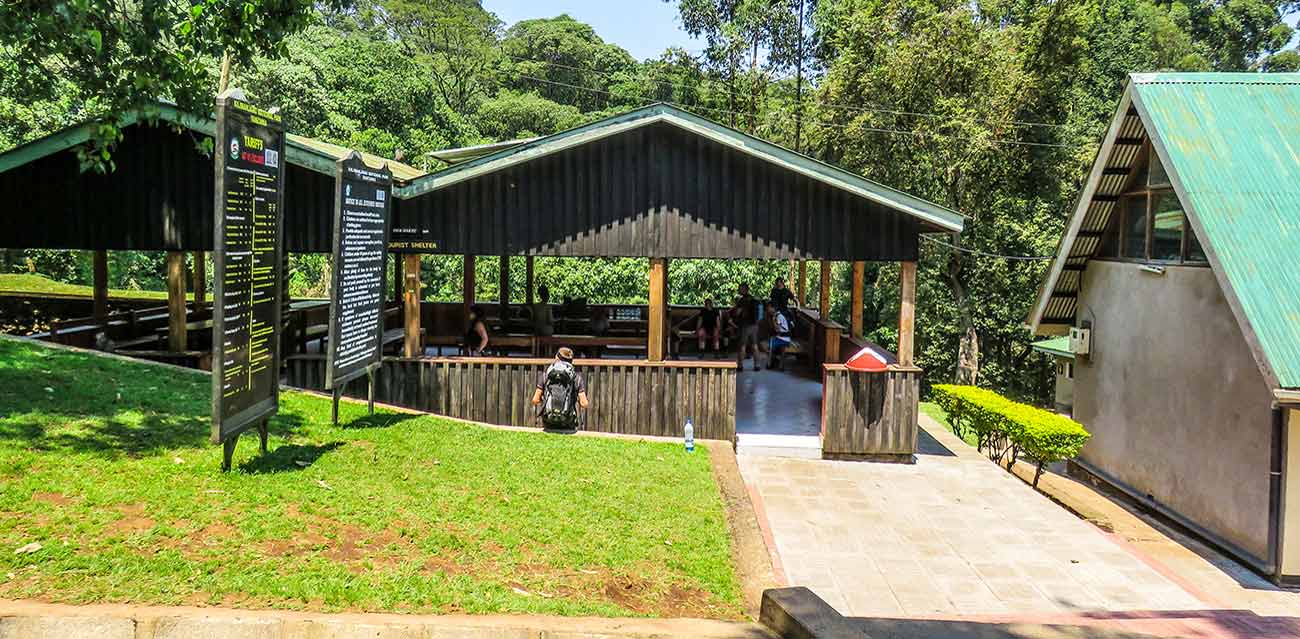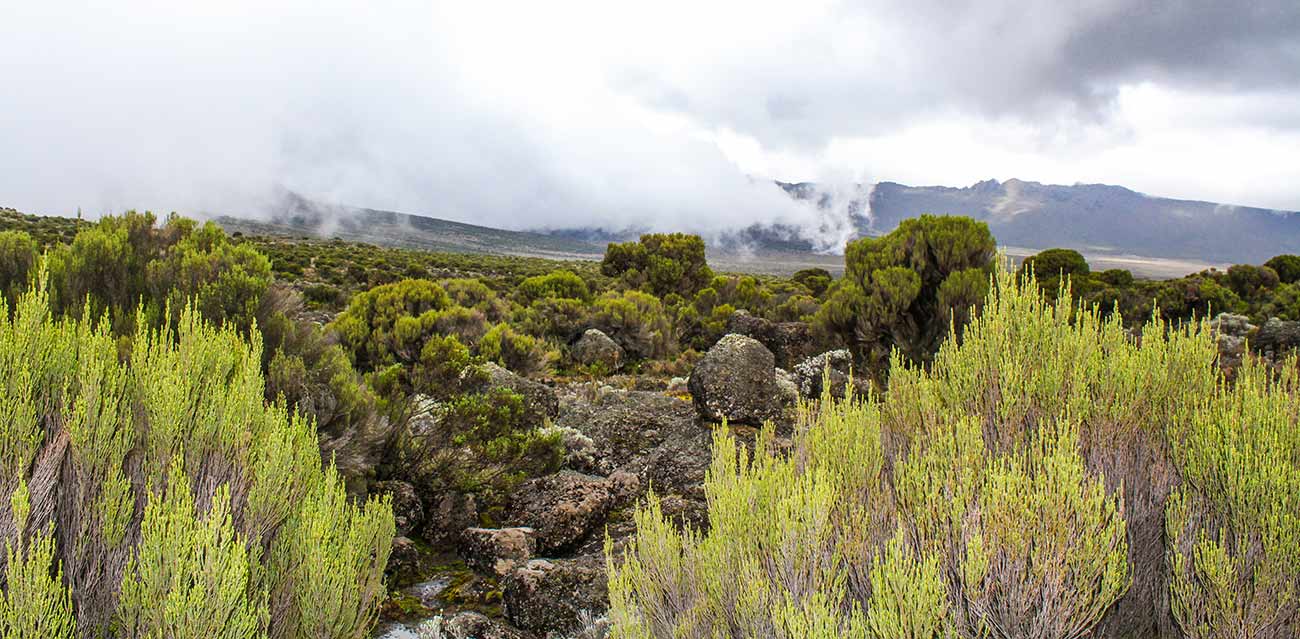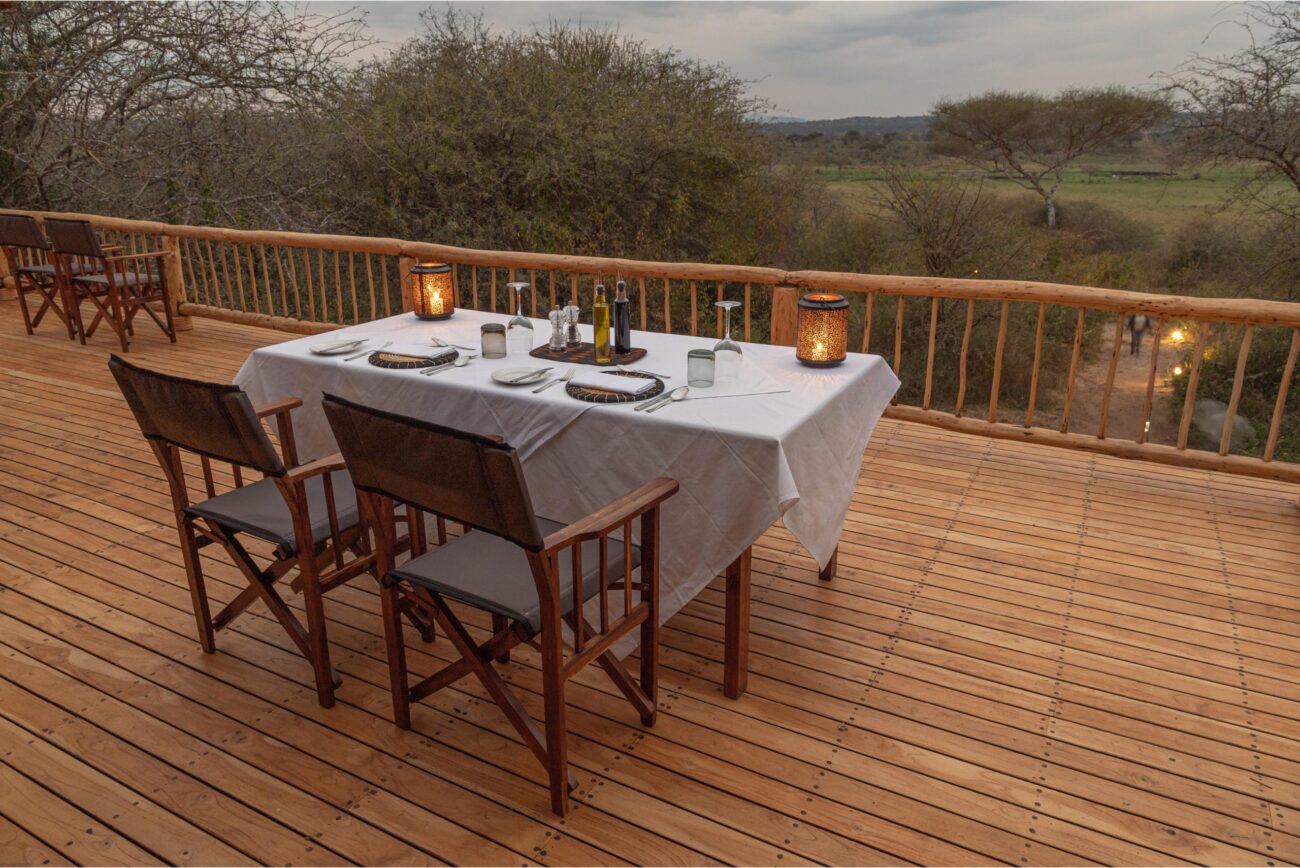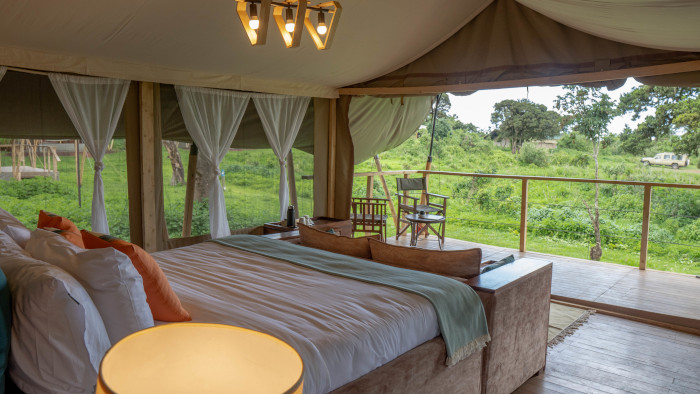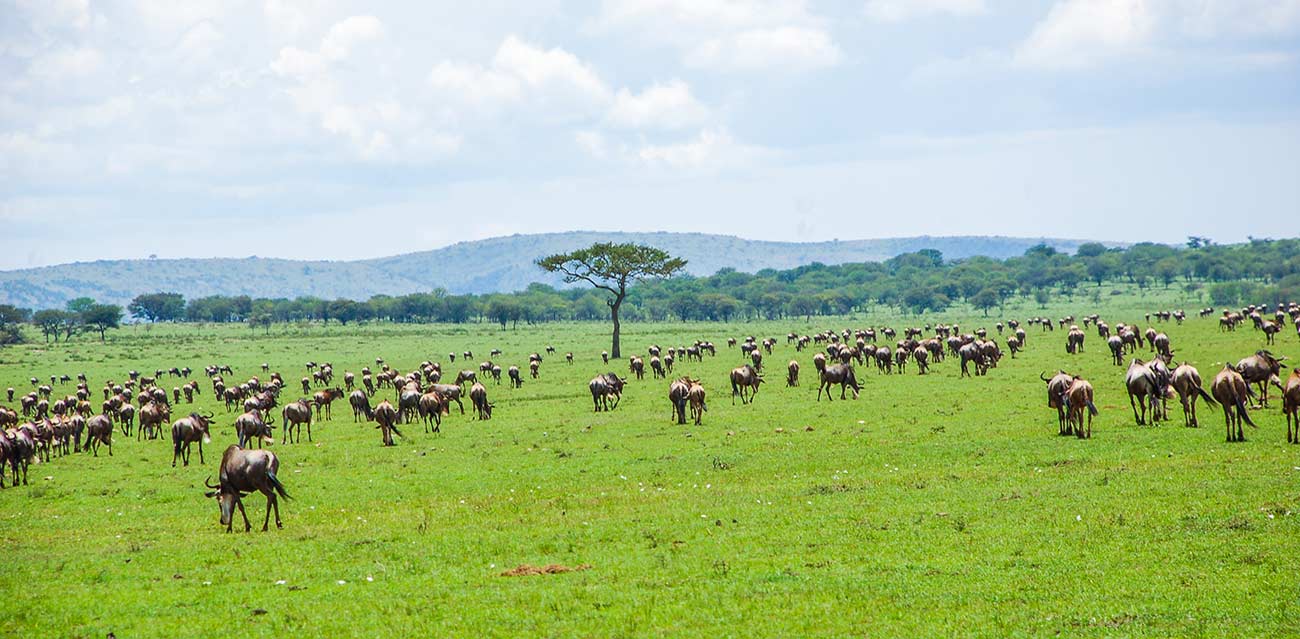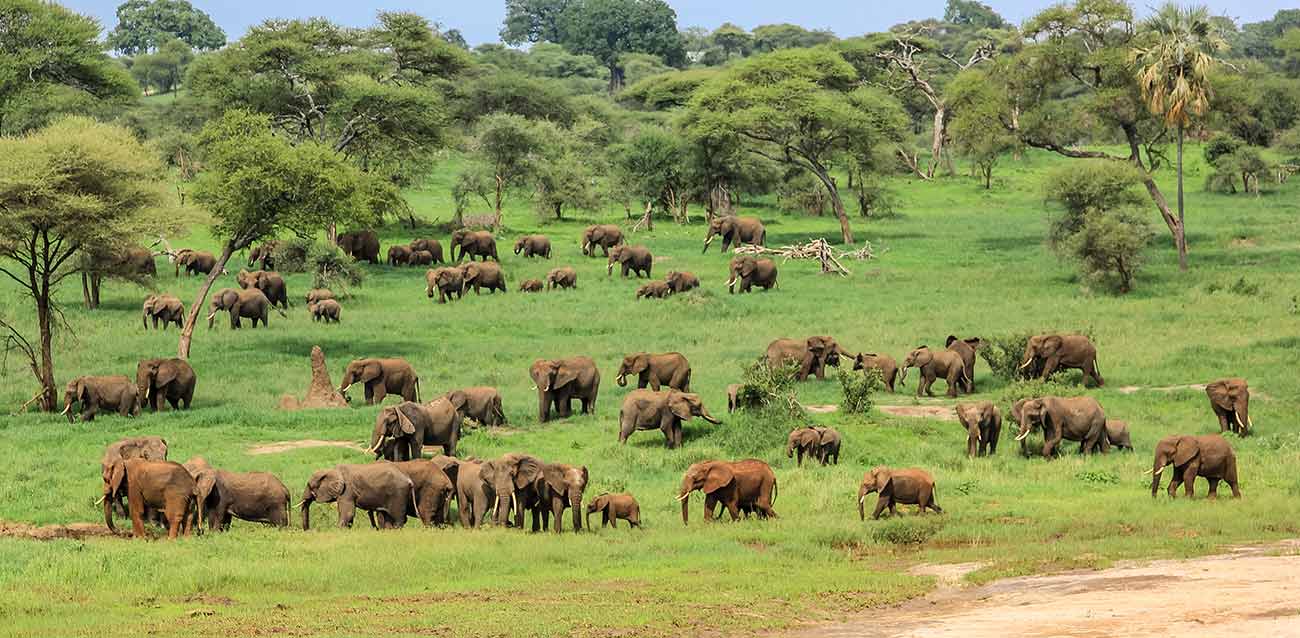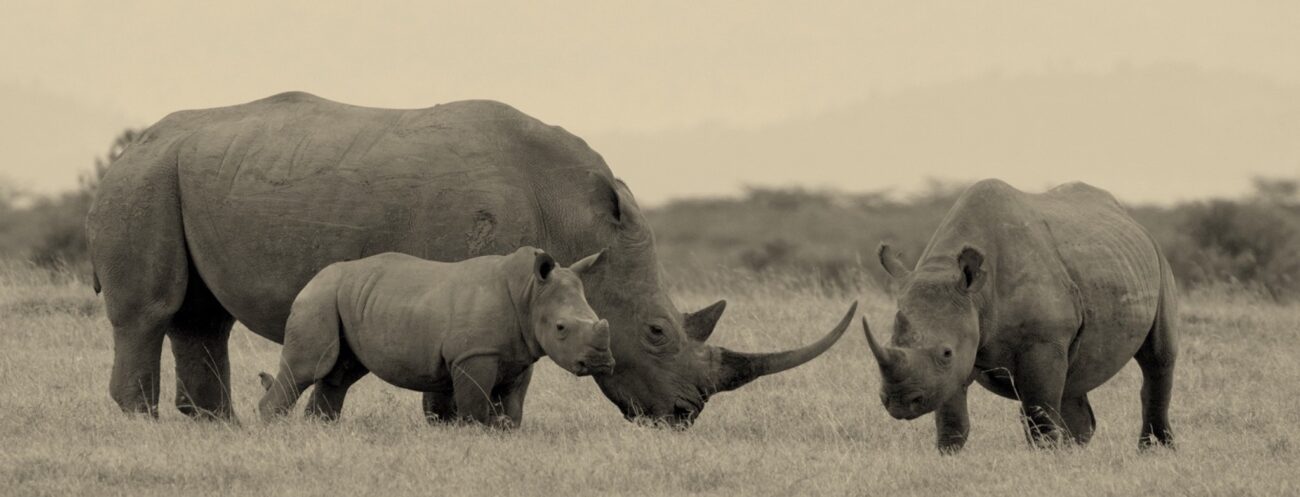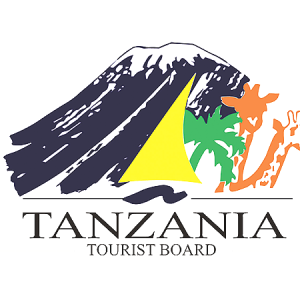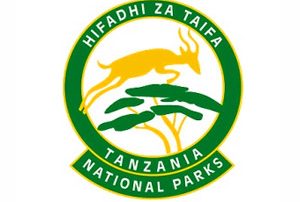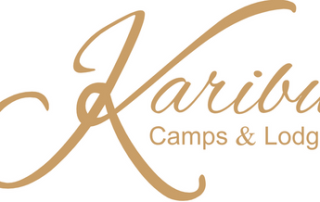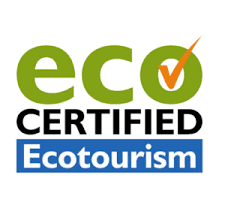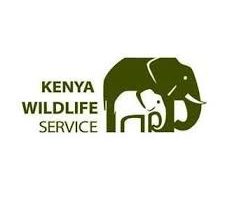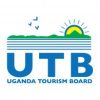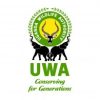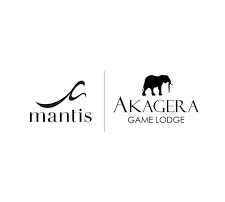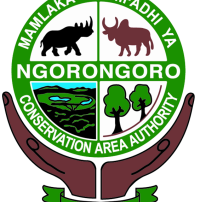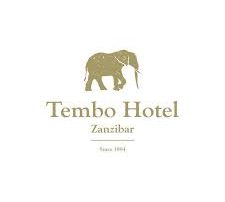Katavi National Park
The park is home to large herds of Elephants, Buffaloes, impalas, zebras and antelopes, Lions, Leopards, and Hyenas.
Its remoteness offers a wild safari experience in untouched wilderness, for travelers who want less traffic this destination is your best choice.
The Katavi National Park in western Tanzania is remote and wild, the name of the park immortalizes a legendary hunter Katabi whose spirit is believed to possess a tamarind tree ringed with offerings from locals begging for his blessings.
Katavi is Tanzania’s third largest park, the park’s main features are the watery grass plains to the North.
The palm-fringed Lake Chada in the southeast and the Katuma River.
Katavi boasts Tanzania’s greatest population of both crocodiles and hippopotamuses. Lion and Leopard find prey among the huge populations of herbivores at Katavi Impala, Eland, Topi, zebra and herds of up to 1600 Buffaloes wander the short grass plains.
What to do in Katavi National Park?
Game Drives
For anyone looking for a relaxing place for games, Katavi is the right choice! Visitors to this park will have maximum enjoyment for day and night game drives!
The park is not overcrowded during the Game-drive making it the best choice for the honeymooners.
Walking Safaris
Visitors to this park will have an amazing opportunity for a walking safari which gives a totally different experience to game drives. Expect to walk closely to wild animals and get even better photos.
Birds watch tours
There are over 450 species of birds recorded in this national park, birds watching is possible at any time however the wet season is the best as you can see many birds.
Picnic Lunch and Bush Breakfast
Both picnic lunch and bush breakfast can be served in the park while enjoying the beautiful sounds of birds and animals, visitors will have enough time to explore the park before returning to the camp/hotel for breakfast or lunch.
Filming
Taking recording pictures for business purposes, or any official use, Filming fee: $250 charged per person/day and covers conservation, camping and filming fees. Applicable to all visitors.
Hiking
Walking through trails to a waterfall It is being practised in Katavi National Park, 17 Kms walking Trails to an elevated point where it will be easy to view Waterfalls including Chorangwa, Lukima and Ndido waterfalls within the parks.
Camping
Special campsites
Places that are identified as potential with maximum exclusivity for visitors to stay for a night, usually these places don’t have facilities; ensure everything in should be taken out. Pre-booking through park contacts is required.
Public campsites
These are places with all important facilities available like Toilets, Bathrooms, Kitchens, Dining and water
A very prominent model of special camping where visitors maximize privacy, the adventurous and unique experience is offered as a moving safari, by stop and move.
When is the best time to visit Katavi National Park?
- The best time is from August to October
- The high season is from July to October
- The low season is between April and May
